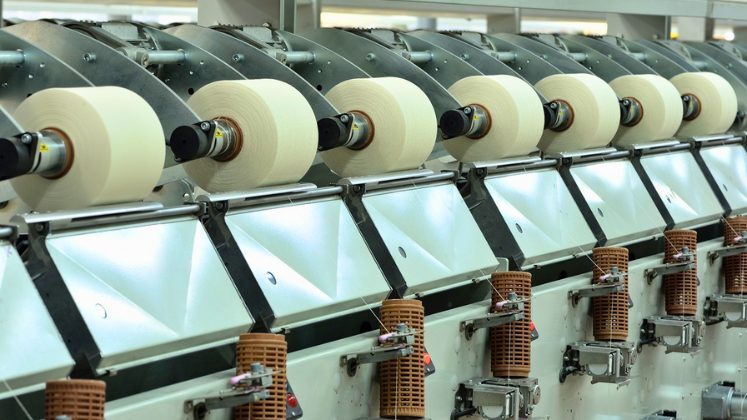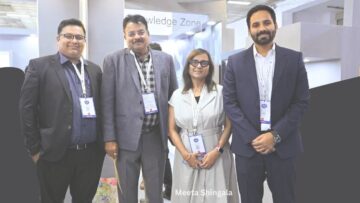
Over the last three years, Punjab’s textile and garment exports, including handicrafts, have decreased by about 30 per cent, from US $ 2.12 billion in the fiscal year 2021–2022 to US $ 1.5 billion in the fiscal year 2023–2024.
Union Minister of State for Textiles Pabitra Margherita acknowledged the same in a written response to a question from Sanjeev Arora, a member of the state’s Rajya Sabha, but he also stated that detailed data on the state’s market share in important regions like the US, EU, and Middle East was not preserved.
To boost the industry’s competitiveness internationally, the Central Government has introduced large-scale initiatives including integrated textile parks and tax rebate programs. Margherita listed a few national-level initiatives the central government had started to update and develop the nation’s textile infrastructure.
To facilitate large-scale production, the PM Mitra Parks Scheme created integrated textile and apparel hubs. In order to improve manufacturing and competitiveness, the Production-Linked Incentive (PLI) Scheme concentrates on technical textiles, MMF fabrics, and man-made fibres (MMF). The National Technical Textiles Mission fosters technical textile innovation, research, and market expansion.
The Samarth Scheme, which aims to train a trained workforce for the textile industry, has also helped Punjab with skill development. Approximately 800 people in Punjab have participated in this program since April 2021.
Arora’s question underlined the necessity of diversifying Punjab’s textile exports in light of shifting international trade patterns and escalating international competition. He emphasised how important workforce development and cutting-edge textile technology are to maintaining Punjab’s textile industry’s competitiveness.
The state’s textile industry has a number of issues, such as restricted market access, increased competition, and the requirement for infrastructure improvements, which are reflected in the dropping export numbers. Nonetheless, the central government’s focus on capacity training and contemporary initiatives may assist revitalise the industry and re-establish its standing.






